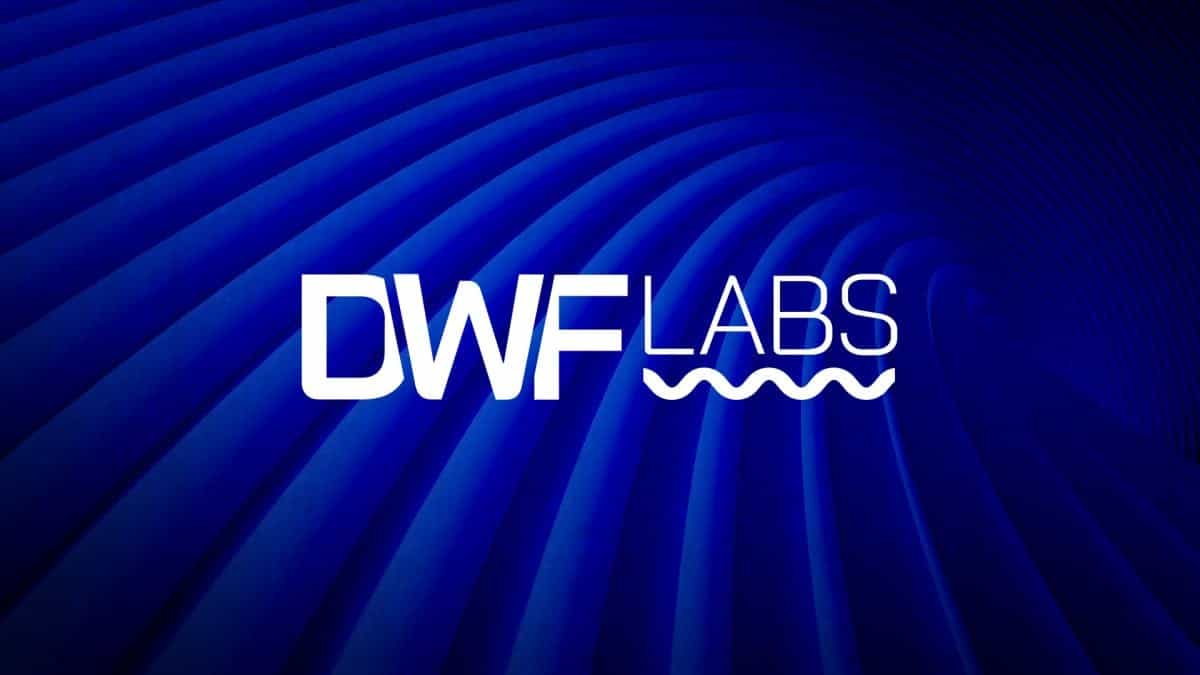What is Polkadot and how does it work? A beginner's guide to DOT


Polkadot is a blockchain-based network designed for scalability and interoperability. This article provides a beginner's guide to Polkadot and its native cryptocurrency  DOT
-0.082%
, explaining what it is and how it works.
DOT
-0.082%
, explaining what it is and how it works.
What is Polkadot?
Polkadot, often described as a "blockchain of blockchains," serves as a platform that enables multiple specialized chains to interoperate across one scalable network.
The primary goal of Polkadot is to boost interoperability, allowing blockchains to securely communicate with each other and enabling value or data to flow between them without an intermediary. By fostering an environment for multiple independent chains, Polkadot also seeks to address blockchain scalability, speed and cost-effectiveness by taking processing demand off the main chain. Its sharded, multichain network can process over 1,000 transactions per second, eliminating bottlenecks and significantly improving scalability. Furthermore, Polkadot's ability to securely connect and communicate with external networks, such as Ethereum and Bitcoin, allows for innovative cross-chain interactions and functionalities.
Polkadot was first introduced in a whitepaper published in 2016 by Dr. Gavin Wood, co-founder and former CTO of Ethereum. Alongside former Ethereum head of security, Jutta Steiner, Wood also co-founded Parity Technologies, a company instrumental in developing Polkadot's core technology. The first version of the Polkadot codebase launched in 2019 as the Kusama canary network intended as a proving ground for Polkadot's technology. The Polkadot network was officially launched in May 2020.
The native cryptocurrency of Polkadot is DOT, which serves several functions in the Polkadot ecosystem. DOT is used for staking, security and connecting chains to the network. DOT holders also play a vital role in network governance, participating in decision-making processes that shape the future of the Polkadot protocol.
How does Polkadot work?
Polkadot works by connecting multiple blockchains in a unified network through a central chain known as the “Relay Chain.” This chain, constructed using Substrate, Parity’s framework for developing custom blockchains, is responsible for the network’s shared security, consensus and cross-chain interoperability. It has minimal functionality, focusing primarily on securing and coordinating the system as a whole.
Polkadot "parachains" are independent Layer 1 blockchains that run parallel to each other, connected to the Relay Chain. Each parachain can have its unique design, token economy, functionality and governance. By connecting to Polkadot, parachains share the network's security, meaning they don't have to bootstrap their own validator community and can exchange not just tokens but any arbitrary data between chains. This architecture allows blockchains to have specialized designs, improving efficiency and security by leaving out unnecessary code.
Polkadot utilizes a nominated proof-of-stake (NPoS) consensus mechanism involving validators and nominators. Validators secure the Relay Chain by staking DOT, validating transactions on the parachains, participating in consensus with other validators and producing blocks on the Relay Chain. Nominators, on the other hand, contribute to the network's security by staking their DOT to back trustworthy validators. This system enhances the network's security while enabling cross-chain communication and interoperability.
Polkadot also includes two specialized roles: Collators, who manage and submit valid parachain transactions to Relay Chain validators, and Fishermen, who monitor and report network misconduct. These roles require more technical skill than nominators but less commitment than full validators, playing a vital role in maintaining the network.
What makes Polkadot unique?
Polkadot's standout feature is its multi-chain framework, combining the central Relay Chain with multiple specialized parachains. This design enables seamless interoperability and enhanced scalability, allowing various blockchains to communicate and process transactions simultaneously compared to traditional single-chain models.
Polkadot also has a strong focus on democratic governance, empowering DOT token holders with decision-making authority and promoting a community-driven approach to network development. Its nominated proof-of-stake consensus provides security with greater energy efficiency.
Despite its innovations, Polkadot faces challenges, particularly in the complexity of its architecture, which can be intimidating for newcomers and may slow broader adoption. As a newer blockchain, its scalability and interoperability capabilities are also yet to be fully tested at a large scale, raising questions about the long-term performance and security of the network.
Disclaimer: This article was produced with the assistance of OpenAI’s ChatGPT 3.5/4 and reviewed and edited by our editorial team.
© 2023 The Block. All Rights Reserved. This article is provided for informational purposes only. It is not offered or intended to be used as legal, tax, investment, financial, or other advice.



